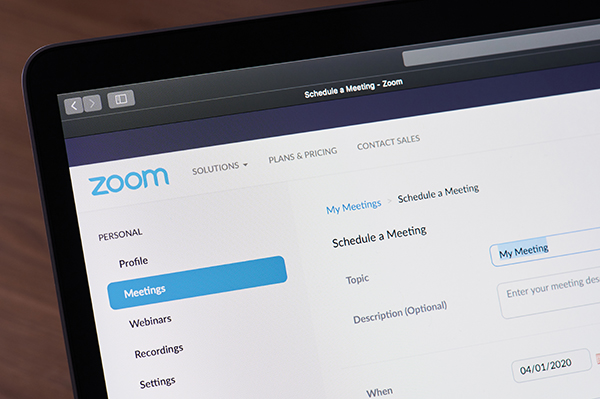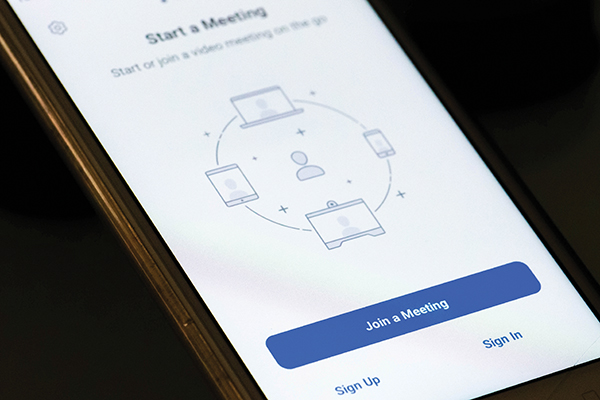
From the advent of sophisticated event management software to the seamless integration of virtual and augmented reality, the tools available to event planners have expanded exponentially to reshape both the actual expectations and the visionary possibilities available to the designers of unforgettable experiences. As traditional planning methods have converged with cutting edge digital tools, the realm of event coordination has become a dynamic arena where creativity meets efficiency, offering unprecedented opportunities to craft extraordinary events and engage audiences in novel ways.
It is no secret that event planning has rapidly evolved in the past few years due to the influx of technological advances. There has been an overall increase in the reliance on technology when it comes to mapping out spaces and booking venues and vendors, as well as registering for events. The planning of events has been simplified and made accessible not only at the fingertips of the masterminds behind the coordination but also for those attending the events.
Evolution of Event Planning

Before the influx of digital technology, event organizers typically only had access to handwritten registration processes and went through the laborious process of physically locating venues and vendors by meeting personally or connecting on a landline phone. Flyers, newspapers or trade magazine ads, postcards and word of mouth advertising were the primary means to market an event.
The internet had a profound impact for event planners but COVID-19 accelerated innovation and acceptance of technology for marketing, creating, evaluating and even actually becoming the platform for events. The reliance on technology for communications exploded after COVID-19 along with the realization of the massive opportunities to create virtual events and even generate revenue.
The forced isolation caused by the pandemic triggered a rapid acceleration of individuals who were willing and able to acquaint themselves and learn how to navigate virtual technology. Virtual platforms such as FaceTime, Google Hangouts, Zoom, Skype, Microsoft Teams and Google Meets have become common communications tools with the benefit of connecting more than two individuals simultaneously. The Oxford Dictionary even identified “Zoom” as one of the “words of the year” in 2020.
These virtual platforms offered a space for hosting virtual events. Soon, both experienced and inexperienced event planners realized the power of these virtual platforms to attract a wider range of attendees, speakers and other event participants than originally thought possible. As virtual communication and virtual events increased in the wake of the recent global pandemic, so did the number of companies who marketed their event planning and event management solutions. More than ever, event planners have a wide assortment of software programs and apps available at various costs.
Tools, Platforms and Apps
Beyond virtual platforms and streaming capabilities, software tools and digital apps also increased in sophistication and provided even greater possibilities to efficiently plan, market, run registration, collect payment and evaluate both small- and large-scale events. Internet searches make it easy to locate companies in the business of providing assistance to plan events. Some of the top searches for event planning tools lead to Eventbrite, Cvent, Eventzilla, EventMobl, GameTime, Vfair and Zoho Backstage.
Whether planning a trade conference at a convention center or a one-day community road race, event planners now have multiple prospects to easily create applications, contracts, marketing materials, paywalls, streaming services and other collateral to attract and fulfill the needs of attendees, sponsors and third-party vendors.
Vfair, for example, claims they are an “all-in-one event management solution” provider that tailors the experience for rights holders. The company offers a customizable virtual platform, badge-printing and onsite technology that can track attendance in real time. Similarly, Eventbrite advertises as the leading event ticketing platform that remains virtually free for users marketing events to under 25 attendees. Today, the company serves as a major player among digital platforms that allow users to create, browse and promote local events for virtually free while numerous similar services are proliferating in the marketplace.
In-Venue Technologies

Technology allows event participants to review information in a fun and interactive way which often is enhanced by customizable planning tools. Organizations that locate venues possessing immersive technology (e.g., “smart” venues) have benefited from the ability to enhance the user experience. For example, Nationwide Arena, home of the NHL Columbus Blue Jackets, is among the venues offering a virtual reality experience for spectators to walk virtually through the stadium, ice rink and players’ locker room.
Other uses of technology on site range from interactive displays and digital signage, smart badges for participants, robotic performers, customizable digital souvenirs, projection mapping, gesture-controlled interfaces, live art demonstrations, instant photobooth printing or a digital graffiti wall. The innovative use of technology can do wonders to increase engagement and satisfaction which can drive return rates for the future.
Tech for Decision-Making
The overall role of data analytics is to help shape the future of events and help event planners gain insight into how to gain new attendees. Data collection can also help event planners place more popular attractions and vendors, increasing the participants’ satisfaction. Technology such as Qualtrics collects data instantly and organizes it both visually with graphs and charts while also displaying any written answers. Using these technology can provide the planner with the opportunity to contact participants for future events as well as send them updates.
Challenges
When adapting new technologies, there can be deficits in learning the new system or application. Organizers and participants risk privacy breaches of their personal information. There are cybercrime risks in the information collection stage for events when using technology. Lack of security can create a lack of trust between the event and the attendees. This challenge could lead to damaging an organization’s reputation which may impact future attendance.
Challenges are partially mitigated through appropriate training. Chatbots interfacing with users in real time can assist to troubleshoot issues. Learning the ins and outs of systems can reduce the possibility of technological glitches. Along with training, increasing cybersecurity can help prevent potential breaches. Reducing the number of entry points for cyber-attacks and reducing vulnerability for the participants who share personal information are crucial goals.
Future Trends
The advances in technology, along with the continuous growth of artificial intelligence and augmented reality, will continue to revolutionize the attendee experience while allowing event rights holders to create new and even more immersive experiences. Along with choosing to use new technologies is the responsibility to stay abreast of the field. Having strong connections, such as 5G, can ensure that there will be no lagging or lost connections. Planners will continue to rely on collaboration with the venues and technology providers to ensure maximum capabilities.
Promoting sustainable eco-friendly practices when using technology will likely increase. Examples of sustainability efforts include reducing paper waste through digital solutions. More than ever, large events will rely on digital schedules using QR codes. Immersive experiences that include real-time photos with branded augmentation will always use the latest cyber-transport technology for instant social feeds as rights holders, venues and technology providers collaborate with green or eco-conscious initiatives.
The Final Word
Technology can be overwhelming for even the most experienced event planners. Best practices suggest that when considering technology, it is crucial to prioritize solutions that align with the goals and needs of the event. Conducting thorough research on available options that can meet these goals is the first and perhaps the most important step in the process.
Among the final choices for an event management tool should be those that are within the budget and offer user-friendly platforms as well as live support and data privacy. By following best practices, the best technology can be selected to fit the event’s as well as attendees’ needs thereby creating a better experience for all. SDM


